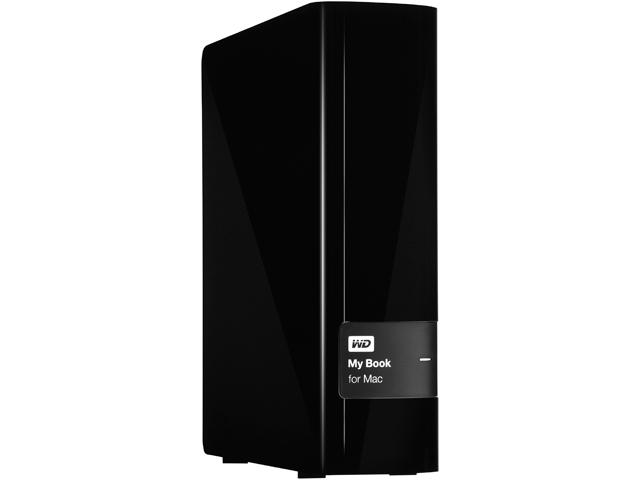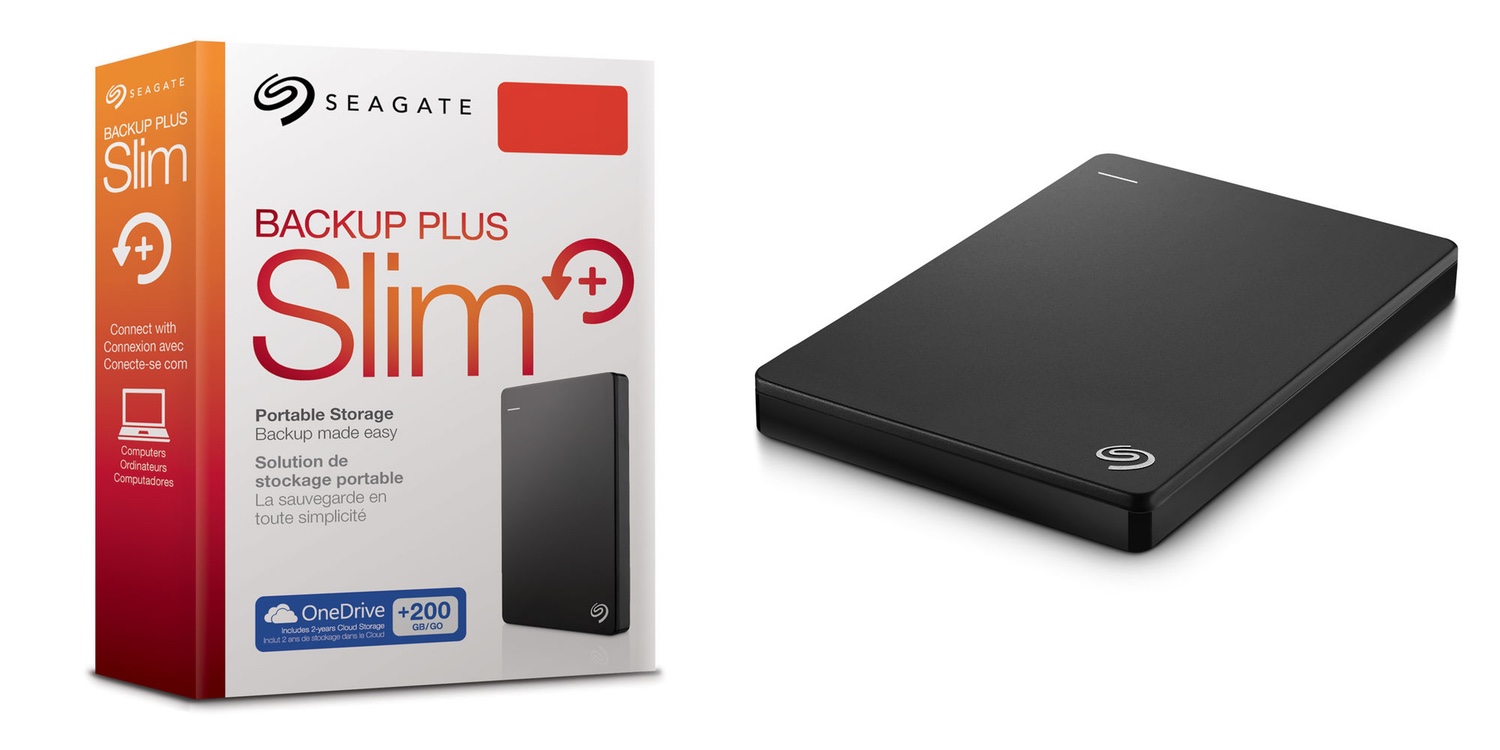
- #Best 1tb usb 3 external hard drive for macbook pro drivers#
- #Best 1tb usb 3 external hard drive for macbook pro manual#
- #Best 1tb usb 3 external hard drive for macbook pro portable#
- #Best 1tb usb 3 external hard drive for macbook pro Pc#
Using the mini-DisplayPort connector, it only really gained popularity on Macs, and even Apple put it out to pasture in 2017. Thunderbolt 2 is at this point, a dead port.

The reason we mention it is that any drive with a Type-C port should come with a Type-C to Type-A cable or adapter, hopefully, since most PCs have those. USB Type-A You won’t find this port on any drive, but you will find this familiar rectangular port on PCs and laptops.
#Best 1tb usb 3 external hard drive for macbook pro Pc#
Any higher performance port today should be USB-C-just remember that just because it’s USB-C doesn’t mean the actual electronics inside the PC or drive can hit the highest speeds of what a USB-C port can do. For example, for data transfers from an external drive, a USB-C port could mean everything from USB 2.0 High Speed (480Mbps) to USB 3.2 SuperSpeed 20Gbps as well as USB4 and Thunderbolt 3. What is carried over the wires varies greatly. Keep in mind, USB-C refers only to the connector itself. You see it in everything from phones to laptops. USB-C is the latest of the USB connectors the world is coalescing around. Type B ports are becoming rare, though you might find one on enclosures supporting 5.25-inch hard drives or optical drives. USB 3 Type-B is the larger, blocky version of USB 3.0 Micro B. It’ll do 5Gbps and is fine for hard drives and SATA (internally) SSDs. It’s actually the same Micro USB port used on your phone, but beefed up with more data lines to hit USB 3.0 speeds.
#Best 1tb usb 3 external hard drive for macbook pro portable#
This is still a very common port on many lower-cost portable and desktop external hard drives today. Don’t worry about Gen 2, 10Gbps, or Thunderbolt with single hard drive enclosures because it doesn’t really matter. No hard drive, unless combined in RAID with others, can outstrip the 5Gbps (roughly 500MBps real-world after overhead) throughput of USB 3.1 Gen 1. For the sake of brevity (and sanity), we generally shorten those names to USB 10Gbps, or 10Gbps USB, for instance.

In an attempt to simplify things, the USB Forum has recently changed the nomenclature to indicate throughput speed-SuperSpeed USB 5Gbps, SuperSpeed USB 10Gbps, and SuperSpeed USB 20Gbps-because performance is a priority for most uses. Beyond that simple statement, the story gets confusing-largely because of the plethora of variations: USB 3.0, USB 3.1 Gen 1 (5Gbps, which is basically USB 3.0), USB 3.2 Gen 2 (10Gbps), and USB 3.2 Gen 2×2 (20Gbps), and now the up-and-coming USB4. The vast majority of external drives today are USB drives. The PCle SSDs are more expensive, especially the ones designed for Macbook Pro.The worst value for an external hard drive is typically the lowest-capacity drive. After all, you’re going to choose an SSD flash drive only because you want to increase the capacity of your Macbook Pro. There are transfer speed limits for flash drives, such as the 2.5’’ one, and the more the MB/s the more expensive it is.Ĭapacity is one of the most important factors to consider before you choose an SSD flash drive. The read and write speeds are very important factors as they will determine the tangible speed of your Macbook Pro. The connection type and form factor of the SSD flash drive determine the overall speed of the device. In older Macbook pros (before late 2012), the installation of 2.5 ‘’ SATA III is very easy you just have to change the hard drive for the SSD and your work is done. The OWC Aura SSD flash drives need formatting too before installation.
#Best 1tb usb 3 external hard drive for macbook pro drivers#
You must also look for the compatibility of the drivers before installing the SSD drive.
#Best 1tb usb 3 external hard drive for macbook pro manual#
If your Macbook Pro is equipped with an m.2 SSD type, follow the instructions of the manual provided with the SSD you’ve bought. It is always a good idea to follow the instructions of the device.

To access the internal components of your machine, you’ll need special screwdrivers that could remove the plate. The installation of the SSD flash drive depends on the version of the Macbook Pro you own. Installation:Ĭhanging SSD or installing it is a daunting task and thus it is important that you do it only when you’re an expert and have some prior knowledge. Thus, it is imperative that you do some research and look for the requirements of the Macbook Pro according to its version. The Macbook Pros prior to 2014 are compatible with SATA III interface 2.4 inch SSDs. These devices are compatible with m.2 SSD that runs through PCle slot and not SATA. Macbook Pros (Retinas) starting from the version 2013 to the early 2016 are compatible with advanced and compact memory types. All of the versions of Macbook Pro are compatible with particular interfaces.

Before you choose the best compatible SSD for your Macbook Pro, here are some factors you should consider: Macbook Pro version and SSD type:īefore choosing the type of SSD, you must first consider the version of Macbook Pro you have.


 0 kommentar(er)
0 kommentar(er)
